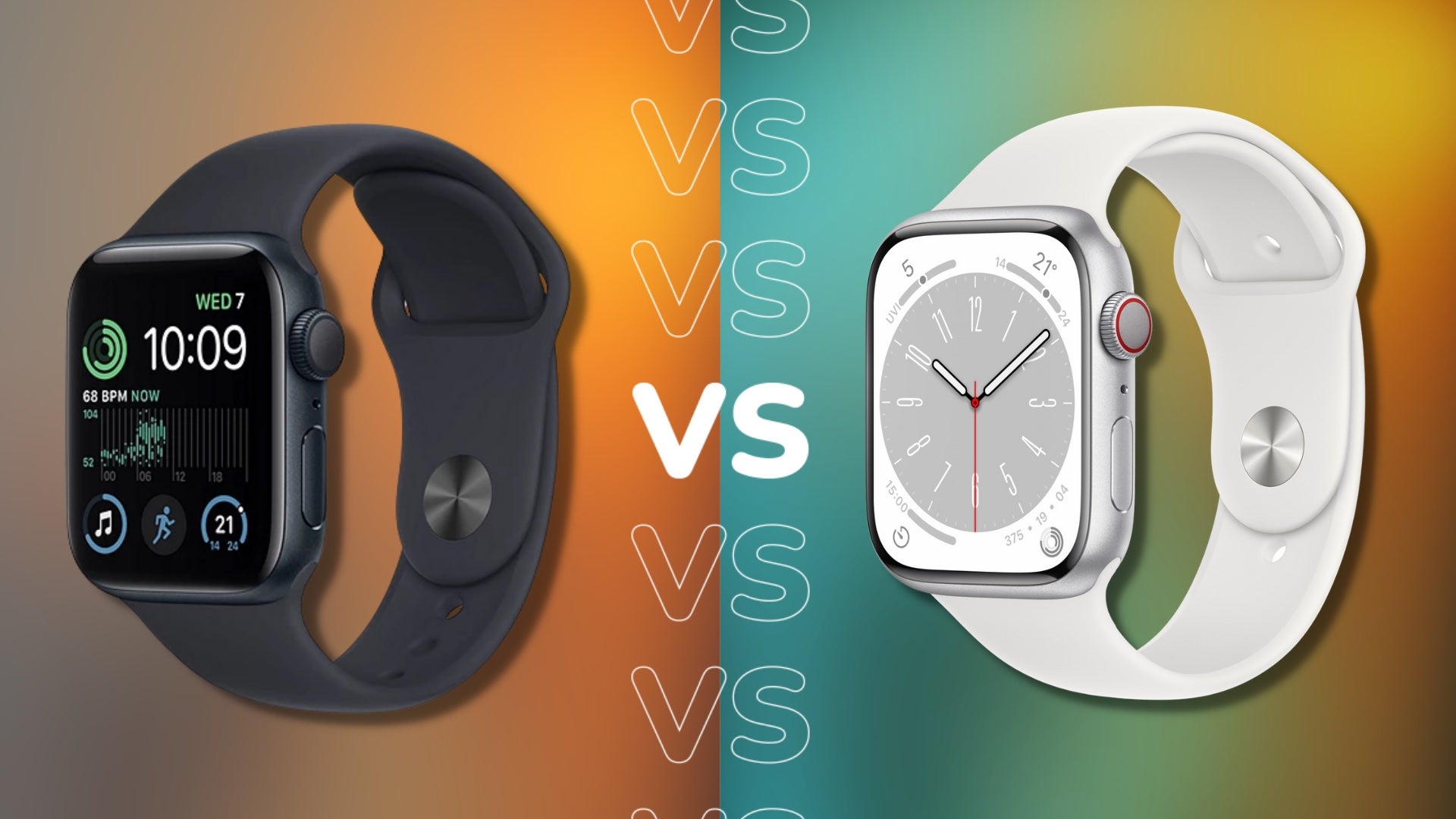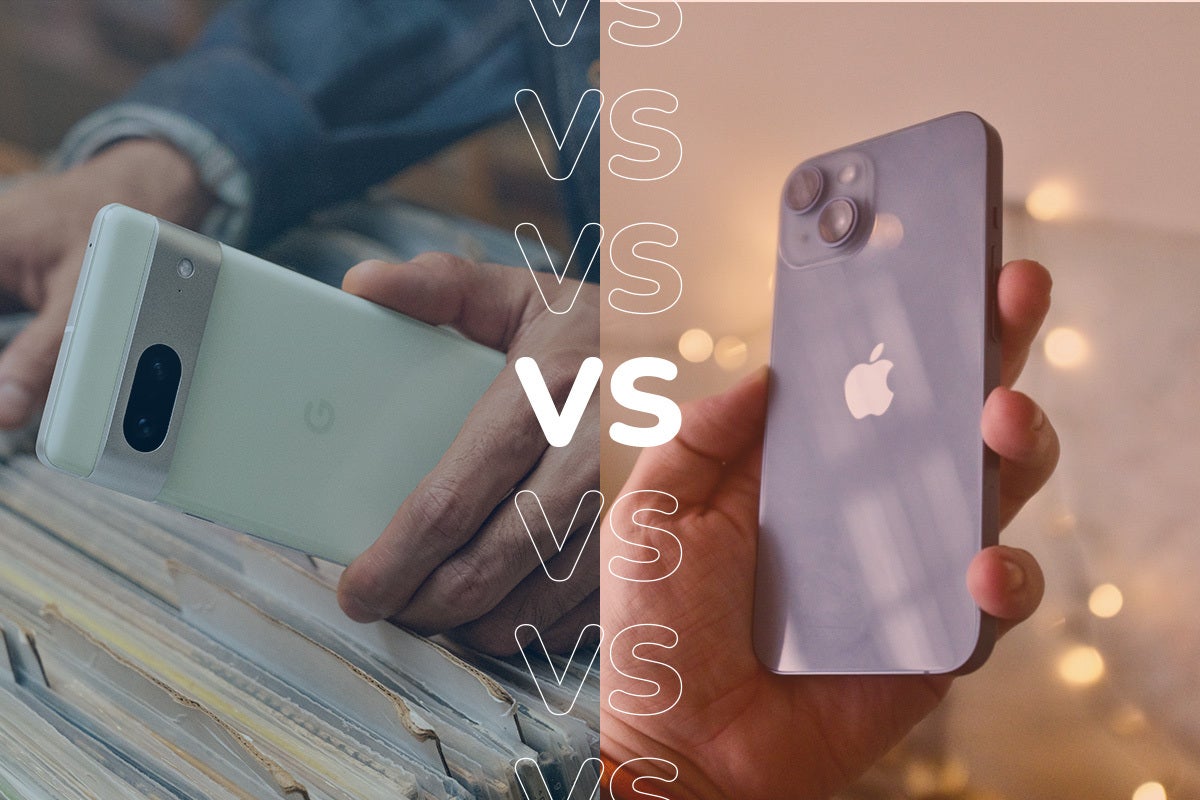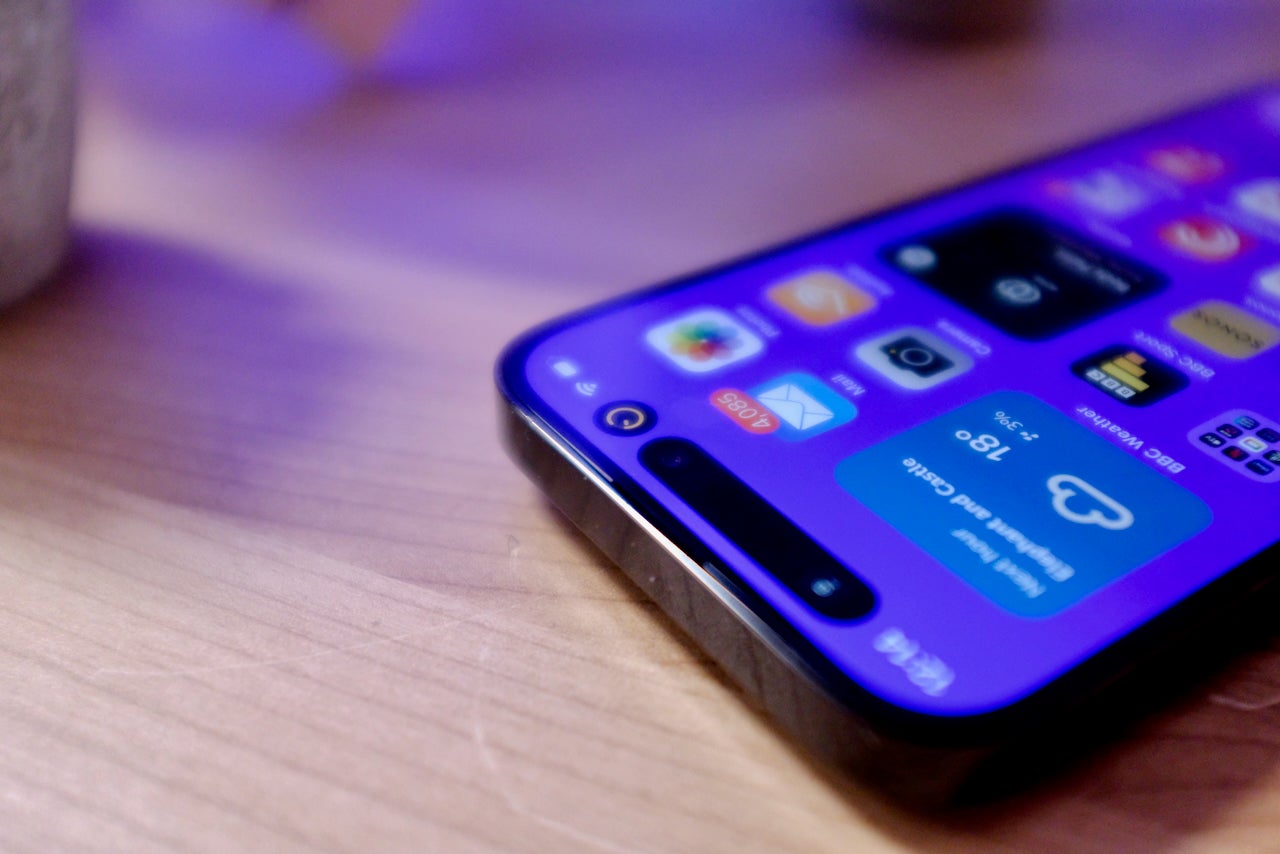Apple A16 Bionic vs Apple M2: What’s the difference?
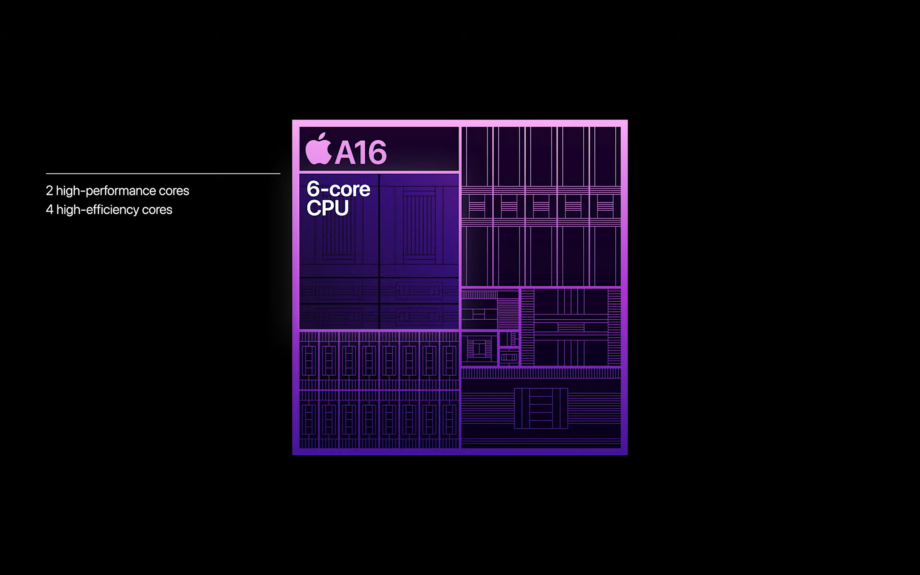
Apple has just unveiled its latest and greatest smartphone chip: the Apple A16 Bionic.
But how does it compare to the newest MacBook processor? We’ve decided to compare the specs of the Apple A16 Bionic and Apple M2 chips right here.
So here are all the major differences between the two Apple-made chips.
The A16 Bionic is designed for iPhones
The first difference is the most important, as the A16 Bionic and M2 have been designed for completely different devices. The A16 Bionic is only available inside iPhones. As of now, that only includes the iPhone 14 Pro and iPhone 14 Pro Max.
Meanwhile, the M2 chip is currently only available inside the latest MacBook Air and 13-inch MacBook Pro laptops. It’s highly likely that the processor will also be made available for the iMac, Mac Mini and iPad at a future date. However, it almost certainly won’t be made available for any iPhone.
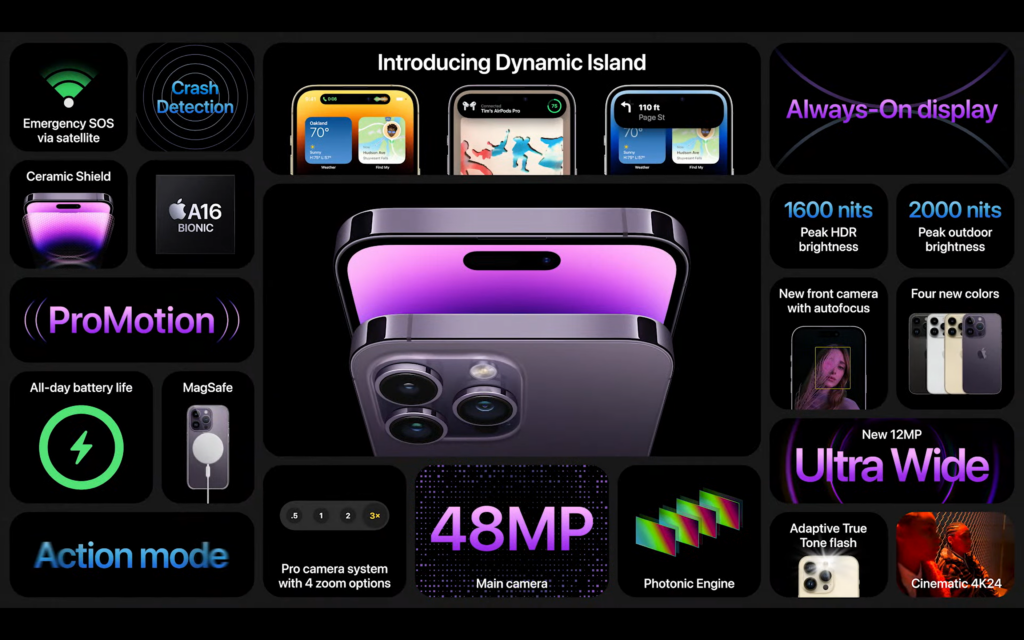
The A16 Bionic has 4nm architecture
Processor manufacturers are always aiming to create smaller process nodes to ensure a faster performance. The Apple A16 Bionic is a great example of this, featuring a revolutionary 4nm architecture, which is an upgrade from the 5nm architecture found with the older A15 Bionic.
The Apple M2 uses 5nm architecture, missing out on the 4nm process node of the A16 Bionic. But don’t mistake the A16 Bionic for being a more powerful processor, as we’ll explain in the next entry.
The M2 packs in more transistors
A smaller process node generally allows processor manufacturers to squeeze more transistors onto a chip, but it’s important to remember the M2 is significantly larger than the A16 Bionic since it’s designed for larger devices.
As a result, the M2 packs in an impressive 20 billion transistors. For comparison, the Apple A16 Bionic processor only features 16 billion transistors. As a general rule of thumb, the greater number of transistors usually results in a faster performance. As we’d expect, the M2 chip is a more powerful processor than the A16 Bionic.
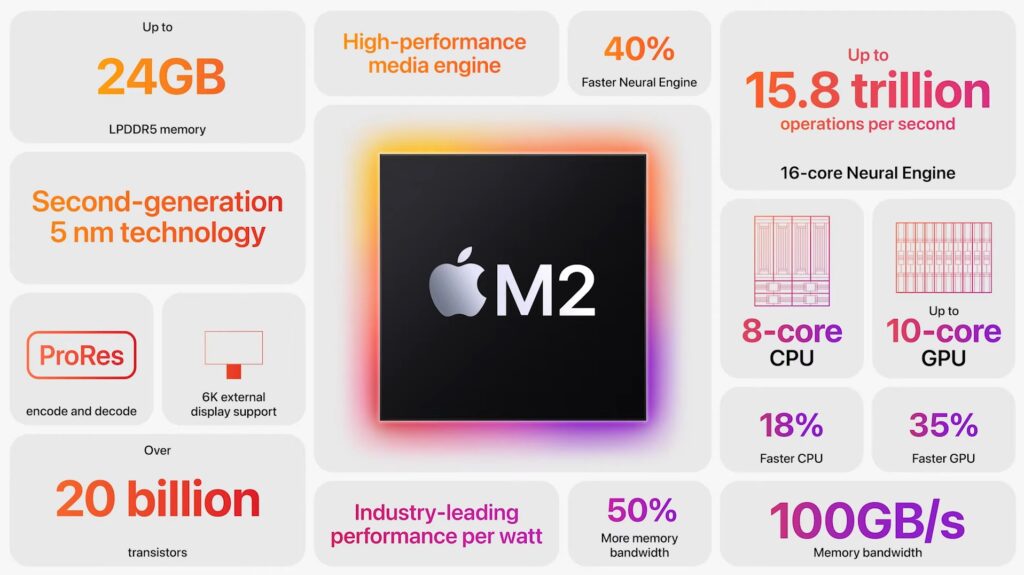
The A16 is more focused on battery life
The Apple A16 Bionic has a 6-core CPU, while the M2 flaunts an 8-core CPU. On paper, that doesn’t seem like a massive difference. But once you dive deeper into the specs, you’ll see how the A16 Bionic is more optimised for power consumption than performance.
The A16 CPU is made up of 2 high-performance cores and 4 high-efficiency cores. For contrast, the M2’s CPU consists of 4 performance cores and 4 efficiency cores.
The balance of these two types of CPU cores shows where Apple’s priority lie for each chip. The A16 Bionic focuses more on extending battery life, while the M2 values performance just as highly as it does stamina. That’s no surprise since battery life is arguably more important than processing speeds when it comes to smartphones, while high-end speeds are valued more with laptops.
The M2 has a more powerful GPU
Apple has confirmed that the A16 Bionic will feature a 5-core GPU, just like its predecessor. That pales in comparison to the Apple M2’s 10-core GPU, which sees twice as many cores.
This means the M2 chip is far better for intense graphics workloads such as photo editing and video editing, which is no surprise given this chip is designed for laptops.



